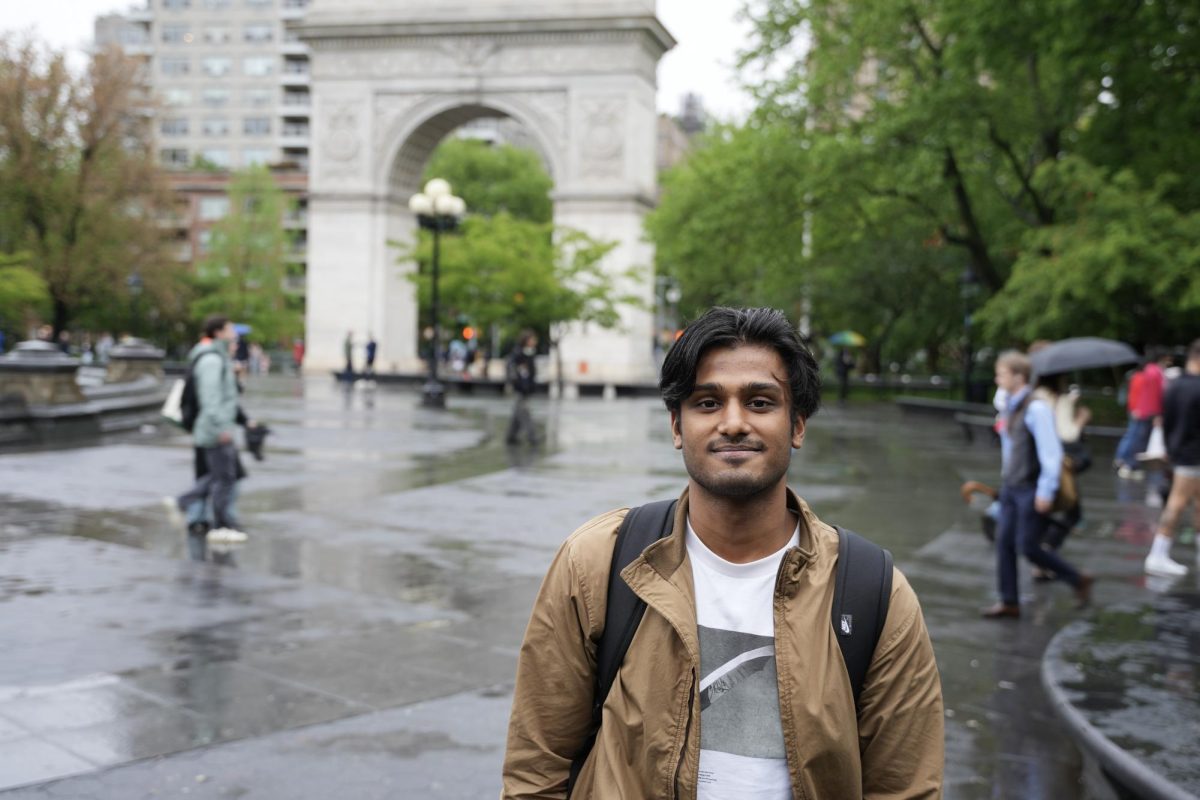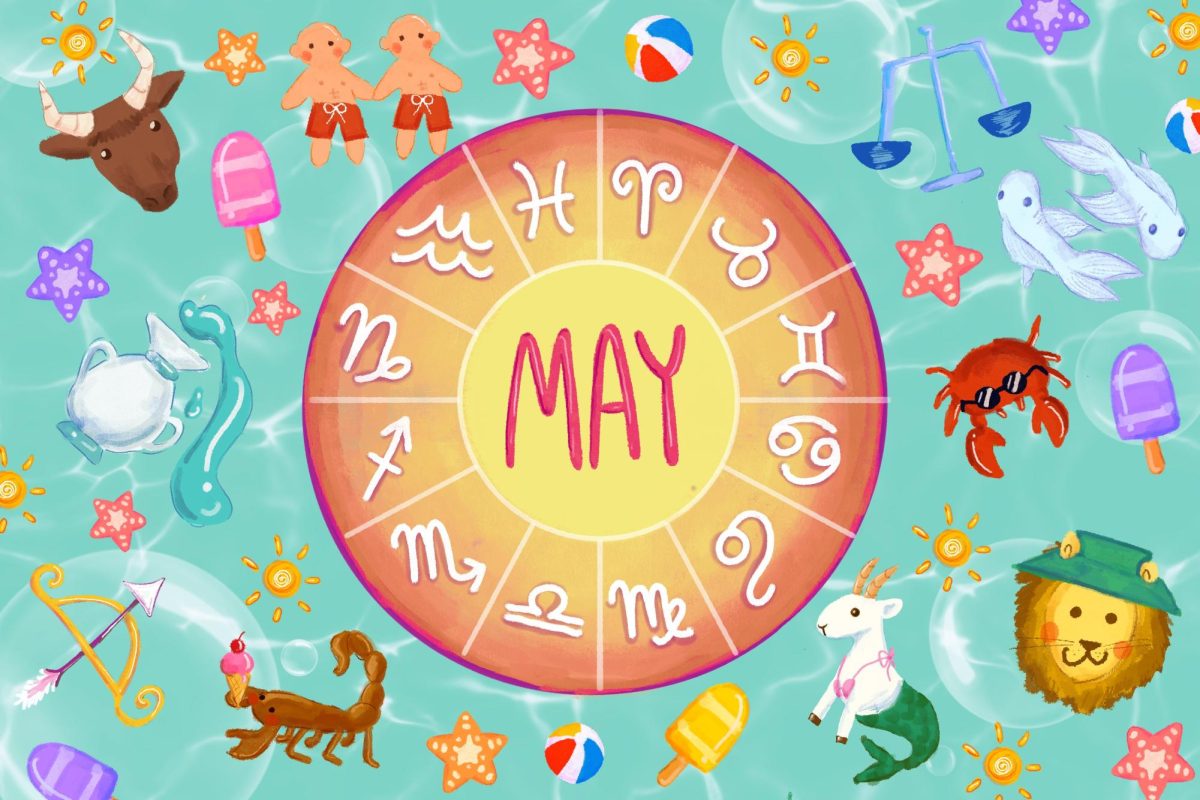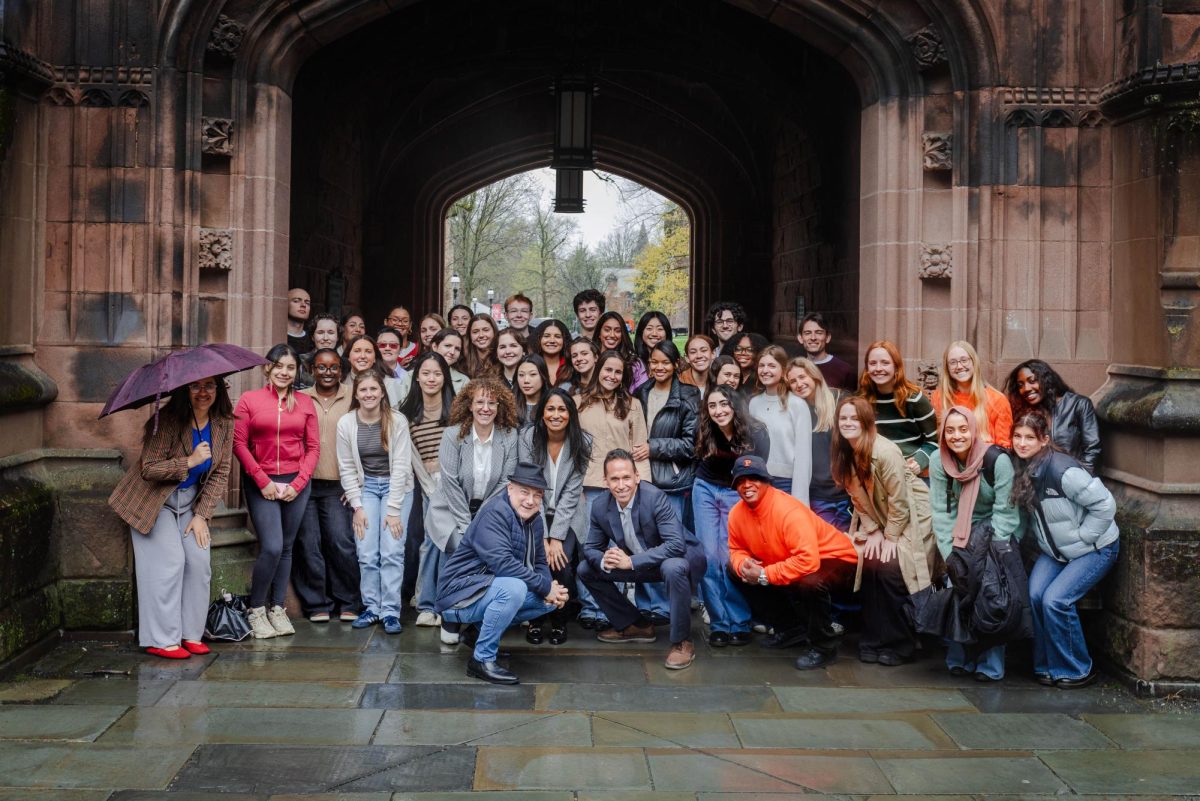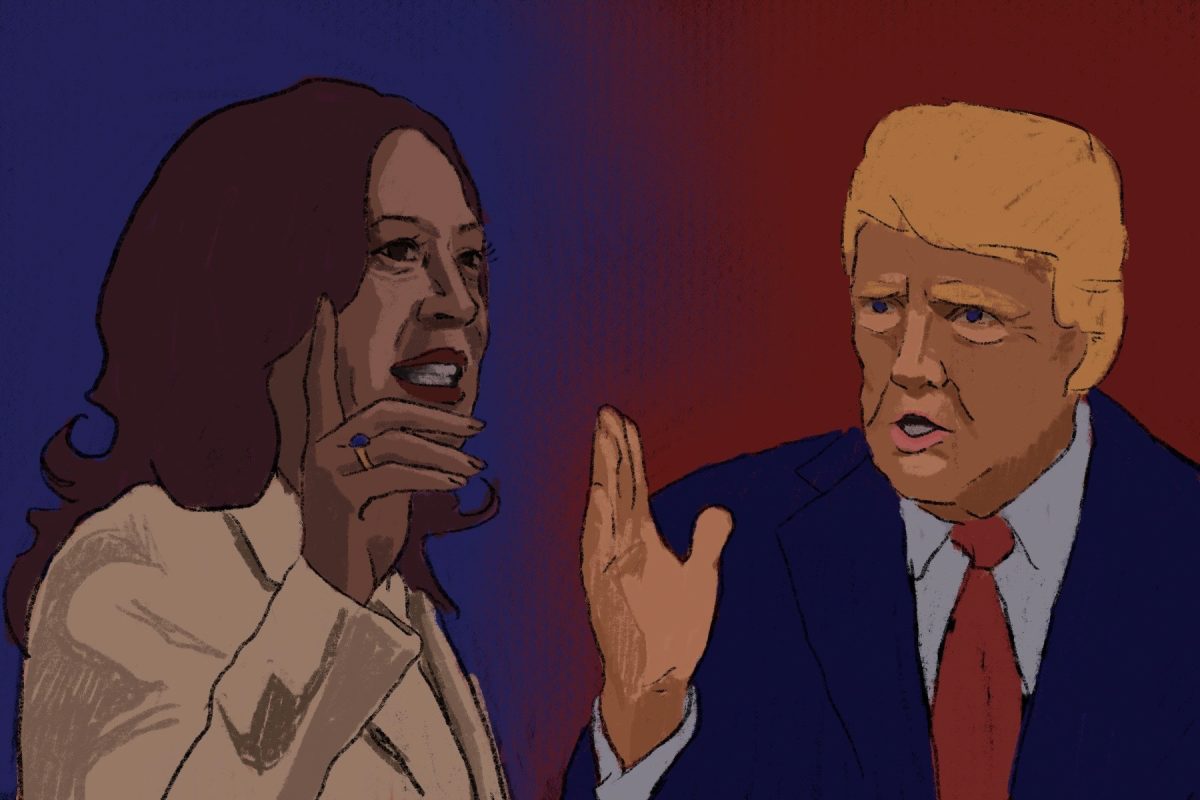That moment when you know you’ve been here before, when you recognize a complete stranger, when a song overwhelms you with undeniable familiarity — is it re-incarnation, déjà vu or is all of time concurrent? “Cloud Atlas” poses these questions of eternal existence and the rippling effects of our every decision by following 10 peoples’ past and future lives in different worlds and eras.
Based on David Mitchell’s genre-fusing, time-warping novel of the same name, and directed by Tom Twyker and Andy and Lana Wachowski, “Cloud Atlas,” jumps from an 1850s voyage to a 20th century romance to a dystopian, futuristic Korea and beyond. In each era we follow a different character’s story through letters, a diary, a manuscript, a film and a recorded message.
The cast, which includes big names such as Tom Hanks, Jim Sturgess, Halle Berry and Susan Sarandon, all take on several astoundingly different characters. Sometimes their extravagant makeup and shocking physical alterations make them unrecognizable.
However, the actors’ incarnations are all morally and temperamentally similar — the valiant hero is always the hero, for example, while the ruthless villain is always the villain. There is a thread that flows through each of the film’s stories, connecting each character to another, allowing them to complete what was left unfinished in their previous lives.
Yet the film is not presented in sequential order. Instead it skips and weaves between stories. At one moment, the film is an outrageous, modern-day comedy, but the next it becomes a futuristic action film reminiscent of “The Matrix,” showing the profound connections between the choices made in each setting.
This onscreen déjà vu occurs off-screen as well, as the audience jumps from one time to the next, unsure of who is whom, but catching hints of parallels throughout. Just as one of Halle Berry’s characters recognizes a musical composition from a past life, yet is unable to recall why, the audience also wanders through the first half of the film, discovering
traces of connections as it moves forward.
With three directors, two separate crews, over 50 characters and more than six plot threads, “Cloud Atlas” can be a confusing film. But it miraculously blends the themes and styles of each director with those of the various stories. The themes of subversion and revolution that align Sturgess’ characters echo the Wachowskis’ “V For Vendetta” (2005). Similarly, the enormous significance of every individual’s choice echoes a similar theme in Twyker’s “Run, Lola, Run” (1998). By threading genres together and assembling the multiple lives of each character, “Cloud Atlas” shows us the boundlessness of life.
A version of this article appeared in the Tuesday, Oct. 23 print edition. Erin Whitney is a staff writer. Email her at [email protected].






















































































































































